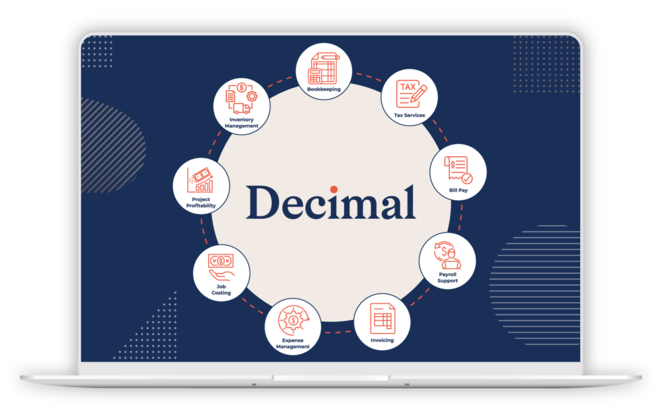In a small firm, it’s easy to settle into a rhythm that feels productive until the to-do list grows out of control, inboxes overflow, and overlapping deadlines trigger the familiar last-minute scramble.
High-performing accounting firms avoid this cycle with one simple shift: they create standardized workflows for every project.
Every task, document, and client communication required to complete a project is part of your workflow. When your firm clearly defines the steps in each process, you gain the power to streamline, delegate, and improve efficiency across the board.
It’s how top firms combat chaos, boost accountability, and reclaim time for higher-value advisory work.
Whether you think of it as a productivity hack or a stepping stone to scalable growth, standardized workflows are the key to more consistent client experiences and a calmer, more focused workday.
The hidden costs of disorganized workflows
Imagine a small firm heading into tax season. The owner is juggling client calls, files, forms, and deadlines, while support staff scramble to chase down missing documents. Files are scattered across email threads, shared drives, and paper folders.
Without next-step clarity to keep operations organized, no one’s quite sure what’s already underway, what’s overdue, or who’s responsible for what.
When tasks aren’t tracked in a centralized, standardized system, everything takes longer. Mistakes multiply. Staff burn out. And even though the team is working hard, they’re often busy putting out fires.
It’s a reactive environment that can’t support true productivity or efficiency. That’s the real cost of disorganized workflows in an accounting firm: you’re always playing catch-up and can’t focus on the bigger picture.
The productivity hack: standardized, centralized workflows
Here’s where the productivity hack comes in. Efficiency hinges on your workflow and how you manage it.
Instead of relying on informal, ad hoc processes, high-performing firms create standardized workflows for every recurring engagement. Think of it like turning every client project into a repeatable recipe with clear ingredients (tasks), prep steps (timelines), and assigned chefs (team members).
Rather than reinventing the wheel each time, these firms create template projects that break down client work into logical, repeatable steps that everyone can monitor, access, and consult at any time.
Whether it’s a monthly bookkeeping package, a quarterly tax review, or year-end prep, the process is already mapped out. The right people are looped in on the centralized system. Deadlines are built in from the start.
Firms that embrace workflow management best practices don’t just boost productivity. They unlock real operational clarity needed to scale. They:
- Spend less time planning and chasing down next steps
- Make fewer errors and deliver more consistent results
- Gain a clear picture of who’s doing what and when
Running your firm like a well-oiled machine requires structure. And it starts with workflows that act as your step-by-step guide to every client project and internal operation.
Why high-performing firms swear by it
When used strategically, centralized workflow management is a driver of growth and efficiency. Here’s what top-performing accounting firms gain when they centralize their workflow:
- Productivity: Standardized workflows eliminate guesswork and time-consuming back-and-forth to help you move faster with less friction.
- Consistency: Every client receives the same high-quality experience. Nothing gets missed with processes mapped out from start to finish.
- Process optimization: Regular workflows make it easier to spot inefficiencies and bottlenecks so you can address them.
- Scalability: Take on more clients without increasing overhead or effort with clearly mapped, repeatable processes that save time and require fewer steps.
- Easy delegation: When tasks are documented, standardized, and assigned to the right staff, managers can delegate confidently, even to new team members.
- Better data: Time-tracking and task completion reports help firms compare estimated hours vs. actual hours for smarter pricing and capacity planning.
How to centralize your workflow
To put this productivity hack into action, you need tools designed to align with your accounting processes. That’s where workflow management software becomes vital.
There’s no one-size-fits-all solution. The right tool depends on your firm’s size, complexity, and types of services offered. Here’s what to look for when choosing the right accounting workflow management software.
For basic task tracking
If your firm handles simpler engagements, like monthly write-ups or straightforward tax prep, basic task tracking or task management tools may offer all the functionality you need to standardize your workflow.
With basic task management tools, make sure you can track:
- Task start, progress, and completion
- Deadlines and recurring assignments
- Basic task delegation for team members
This alone can reduce confusion and help ensure that client work is delivered on time and in the right order.
For advanced workflow management
Firms handling more complex or high-volume work should look for advanced tools that offer workflow management designed for accounting processes.
With more detailed tracking for tasks, projects, and due dates, you can map out every client engagement from start to finish to boost productivity, save time, and eliminate extra steps.
Look for tools with advanced workflow functionality for accountants, like:
- Sub-task creation: Break major tasks into smaller steps and assign each to different team members to ensure nothing is missed.
- Timeline planning: Assign task start, in-process, and due dates with time budgets to estimate how long a given project will take.
- Interactive status tracking: Visualize your firm’s progress through each engagement with dashboards, due date alerts, and auto-reminders.
- Client collaboration tools: Centralize client communications and file sharing in the same platform you use to manage workflows to avoid switching screens, double-entering data, or missing important details.
- Integration with time and billing: Track billable time against task completion time to easily compare estimated vs. actual hours and improve your efficiency.
All of these features make it easier to stay on top of deadlines, manage complex workloads, and improve profitability over time.
One small change. Big results.
In a profession where time is always tight and precision matters, small improvements to your workflow can have a big payoff. Centralized, standardized workflows are the secret weapon of high-performing firms who want more visibility, productivity, and scalability without more effort.
Whether you’re a solo practitioner juggling too many hats or a growing team looking to scale, it all starts with having your projects, tasks, and deadlines in one place. The right accounting workflow management software can help you get there and give your team the structure they need to do their best work, every day.
Sponsored Content: This article is generously brought to you by one of our valued sponsors. Their support enables us to continue delivering expert insights and the latest industry trends to our dedicated community of accounting professionals.
.png?width=150&height=63&name=TWRlogo-regmark_blueblack%20(1).png)
.png)










Do you have questions about this article? Email us and let us know > info@woodard.com
Comments: